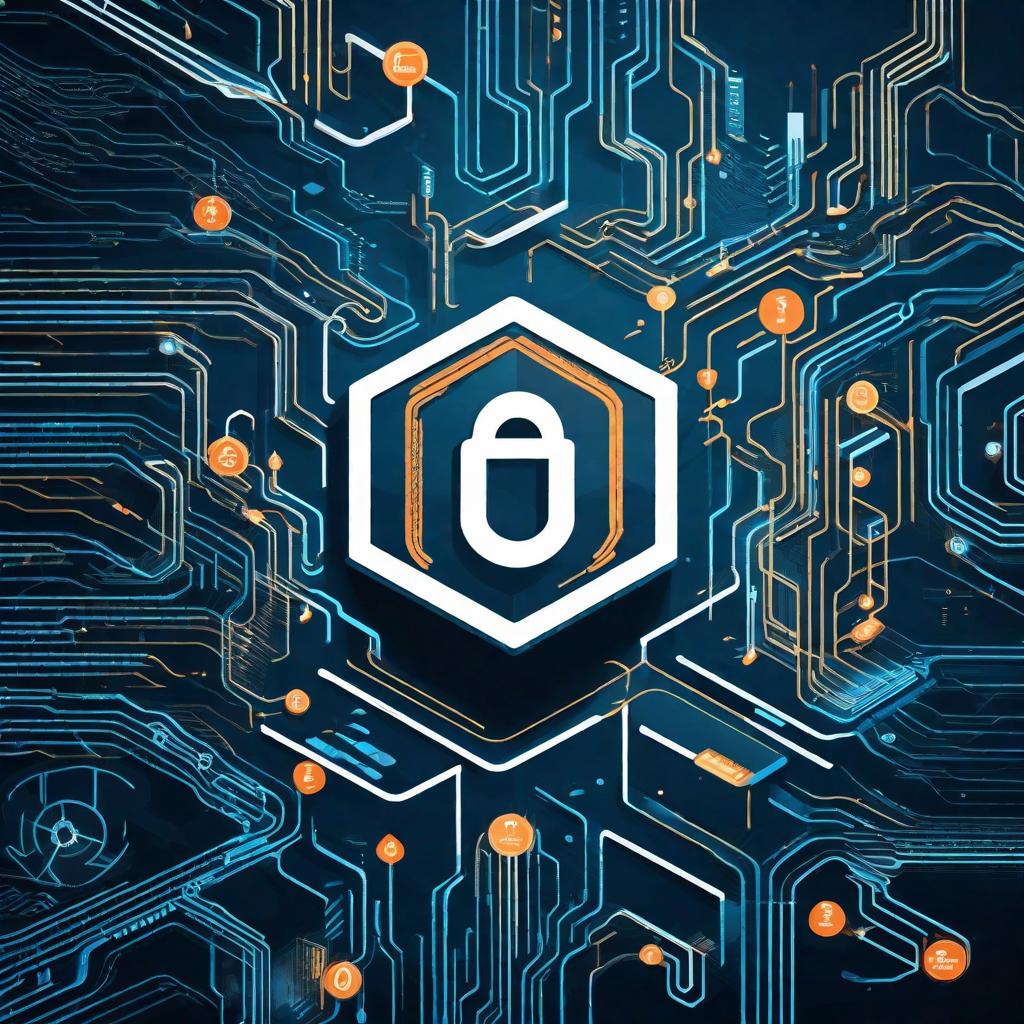Redefining Cybersecurity with the Zero Trust Model
 Harshal Shah
Harshal Shah
In today's hyperconnected digital landscape, where data breaches and cyber threats loom large, traditional approaches to cybersecurity are proving inadequate. The perimeter-based security model, which relies on trusting users and devices within a defined network boundary, is increasingly ineffective against sophisticated attacks and evolving threat vectors. As organizations grapple with the challenges of securing their data and systems in a distributed and cloud-centric environment, a paradigm shift is underway towards adopting a Zero Trust Model.
Understanding the Zero Trust Model
The Zero Trust Model is a cybersecurity framework based on the principle of "never trust, always verify." Unlike the traditional perimeter-based approach, which assumes trust within the network perimeter, Zero Trust operates on the assumption of breach and requires continuous authentication and authorization for every user, device, and workload attempting to access resources, regardless of their location.
At its core, Zero Trust emphasizes the following key principles:
Verify Identity: Identity verification is the cornerstone of Zero Trust. Every user and device must be authenticated before being granted access to resources, and this authentication should be based on multiple factors, such as passwords, biometrics, and contextual information.
Least Privilege Access: Access privileges should be granted on a need-to-know basis, ensuring that users and devices only have access to the resources necessary to perform their tasks. This minimizes the potential impact of a security breach by limiting the exposure of sensitive data and systems.
Micro-Segmentation: Zero Trust advocates for segmenting the network into smaller, isolated zones to contain and mitigate the impact of security incidents. This approach reduces the lateral movement of threats within the network and prevents attackers from gaining unfettered access to critical assets.
Continuous Monitoring: Real-time monitoring and analysis of user and device behavior are essential components of Zero Trust. By continuously monitoring network traffic, access patterns, and user behavior, organizations can detect anomalies and potential security threats promptly.
Encryption: Data should be encrypted both in transit and at rest to protect it from unauthorized access. Encryption ensures that even if a malicious actor gains access to the network, they will not be able to decipher sensitive information without the appropriate decryption keys.
Implementing Zero Trust
Implementing a Zero Trust Model requires a comprehensive approach encompassing people, processes, and technology:
Assessment and Planning: Begin by conducting a thorough assessment of your organization's existing security posture, identifying vulnerabilities, and defining critical assets. Develop a roadmap for implementing Zero Trust, prioritizing areas where the risk is highest.
Identity and Access Management (IAM): Implement robust IAM solutions to authenticate users and devices and enforce least privilege access controls. Adopt multi-factor authentication (MFA) and single sign-on (SSO) to enhance security without sacrificing usability.
Network Segmentation: Segment your network into smaller, isolated zones using technologies such as virtual LANs (VLANs), firewalls, and software-defined networking (SDN). Define access policies based on user roles, device types, and application requirements to restrict lateral movement within the network.
Continuous Monitoring and Analytics: Deploy security analytics tools to monitor network traffic, user behavior, and access patterns in real-time. Leverage machine learning and artificial intelligence (AI) to detect anomalies and potential security threats, enabling proactive threat response.
Encryption and Data Protection: Implement encryption protocols such as SSL/TLS for securing data in transit and encryption algorithms like AES for protecting data at rest. Implement robust encryption key management practices to safeguard encryption keys from unauthorized access.
Real-World Examples: Putting Zero Trust into Action
Let's delve deeper with some concrete examples of how zero trust principles can be applied in real-world scenarios:
Remote Worker Access: A marketing employee working from home needs to access a specific marketing campaign document stored in the cloud. Zero trust ensures the employee's device is secure and verifies their identity through MFA before granting access to the specific document, not the entire cloud storage system.
Third-Party Vendor Access: A company needs to provide a third-party vendor with access to a specific application to perform maintenance. Zero trust allows for temporary, least-privilege access to the application, restricting the vendor's ability to access other parts of the network.
Securing Mobile Devices: An employee accesses a company email application on their smartphone. Zero trust verifies the device's security posture and encrypts the data being accessed to ensure it remains confidential even if the device is lost or stolen.
Benefits of Zero Trust
The Zero Trust Model offers several significant benefits for organizations looking to strengthen their cybersecurity posture:
Enhanced Security: By adopting a Zero Trust approach, organizations can significantly reduce the risk of data breaches and cyber attacks. By assuming that threats exist both inside and outside the network perimeter, Zero Trust minimizes the attack surface and strengthens overall security.
Improved Compliance: Compliance with data protection regulations such as GDPR, HIPAA, and PCI-DSS is a critical concern for organizations across various industries. Zero Trust provides a framework for implementing robust security controls and ensuring compliance with regulatory requirements.
Adaptability and Scalability: Zero Trust is designed to adapt to the evolving threat landscape and the changing needs of modern enterprises. Whether organizations are adopting cloud services, embracing remote work, or expanding their digital footprint, Zero Trust can scale to meet their security requirements.
Reduced Insider Threats: Insider threats, whether malicious or unintentional, pose a significant risk to organizations. Zero Trust helps mitigate insider threats by enforcing strict access controls, monitoring user behavior, and detecting anomalous activities that may indicate insider abuse or compromise.
Conclusion
As organizations embrace digital transformation and adopt cloud services, remote work, and IoT devices, traditional perimeter-based security approaches are no longer sufficient to protect their sensitive data and systems. The Zero Trust Model offers a paradigm shift in cybersecurity, emphasizing continuous verification, least privilege access, micro-segmentation, and encryption to mitigate the risk of data breaches and cyber attacks. By embracing Zero Trust, organizations can enhance their security posture, achieve regulatory compliance, and adapt to the evolving threat landscape in today's interconnected world.
Subscribe to my newsletter
Read articles from Harshal Shah directly inside your inbox. Subscribe to the newsletter, and don't miss out.
Written by

Harshal Shah
Harshal Shah
Navigating the convergence of cybersecurity, DevOps, and cloud landscapes, I am a tech explorer on a mission. Armed with the prowess to secure digital frontiers, streamline operations through DevOps alchemy, and harness the power of the cloud, I thrive in the dynamic intersection of these domains. Join me on this journey of innovation and resilience as we sculpt a secure, efficient, and future-ready tech realm.